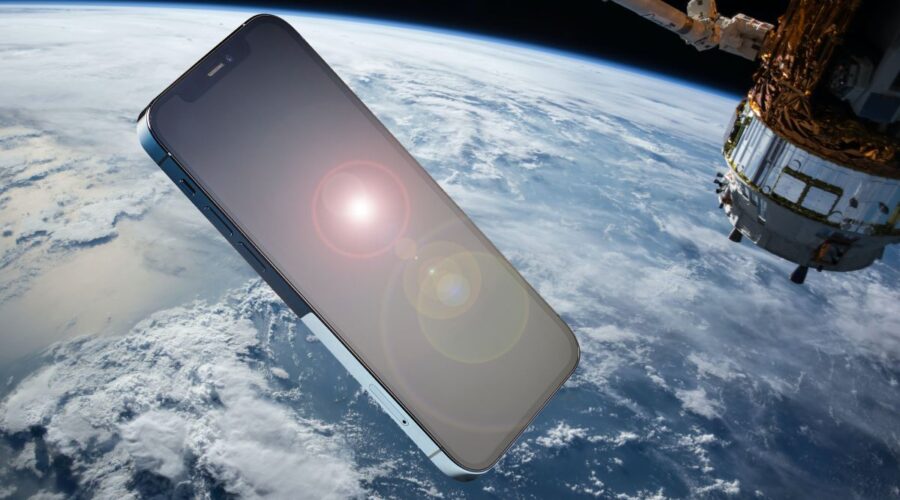Most aspects of the old iPhone 13 range leaked, but one potentially large feature only broke the recent cover – very close to the planned September 14 launch planned.
We talk about satellite features that are reportedly iPhone 13, something that can change the game, it is not important, or something, depending on whether or how they play.
Below, we will see exactly what this satellite feature, and which version of the rumor – if there is – tends to occur.
Cellular signal everywhere
As it widespread because 4G is, and as soon as the 5G network grows, there are still many areas that do not have a signal on some or even operators, and that is something that can be solved by the iPhone 13 satellite feature.
According to the initial report about this problem, the range of iPhone 13 will have a customized Qualcomm X60 baseband modem chip, which allows calls and text to be sent via satellite networks, rather than more than 5G, 4G or 3G.
This claim comes from Ming-Chi Kuo, an analyst with a very good track record for Apple’s information, and they add that Apple tends to take advantage of the Globalstar satellite network to power this.
It can be a very large upgrade, meaning wherever you are, you will be able to keep in touch with people – and it can be very useful in an emergency, or for countries that do not have great cellular coverage.
That said, this initial report is light in detail – there is no information about whether many applications will be able to use this or not, or on how much it will be offered.
The satellite network is also unavoidable it will be slower than 5G or even 4G, so this is not possible to be a form of your main communication, even if it is launched in an unlimited form.
5G better.
Promising because the first leak was heard, the next leak had poured a little cold water on it. Almost immediately after the story broke out, many people suggested inaccurate Kuo claims, as reported by Macrumor.
Kuo specifically mentions the N53 globalstar spectrum (also known as the band 53), but this is used for terrestrial coverage – not satellite communication.
Therefore, others suggest that while Apple may partner with GlobalStar and utilize the company’s N53 spectrum, this means adding another radio band to 4G or 5G services.
It can improve performance on conventional 4G and 5G networks, but it will not allow satellite communication.
Satellite communication in several places and several situations
But the story doesn’t end there. We have now heard from Mark Gurman (another great source for Apple leaks) that Kuo may have something, but that satellite communication can be more limited than the original.
Gurman claims that satellite communication is planned, but only “in the area without cellular coverage and only in certain markets.” In addition, this satellite communication seems to be limited to short emergency text and SOS pressure signals, so this will be pure into something used in an emergency.
This emergency message seems to be in gray application in the iOS application, and the system should only work outside, and can take up to a minute to make a connection, so don’t expect it’s slippery.
However, even in this form this satellite feature can be very useful, and potentially save lives for anyone who has an accident or get lost or stranded somewhere without a cellular signal.
Gurman also claims that while the iPhone 13 may have the hardware needed for this, the feature will not be activated until next year, so don’t expect to use satellite communication when launched.

